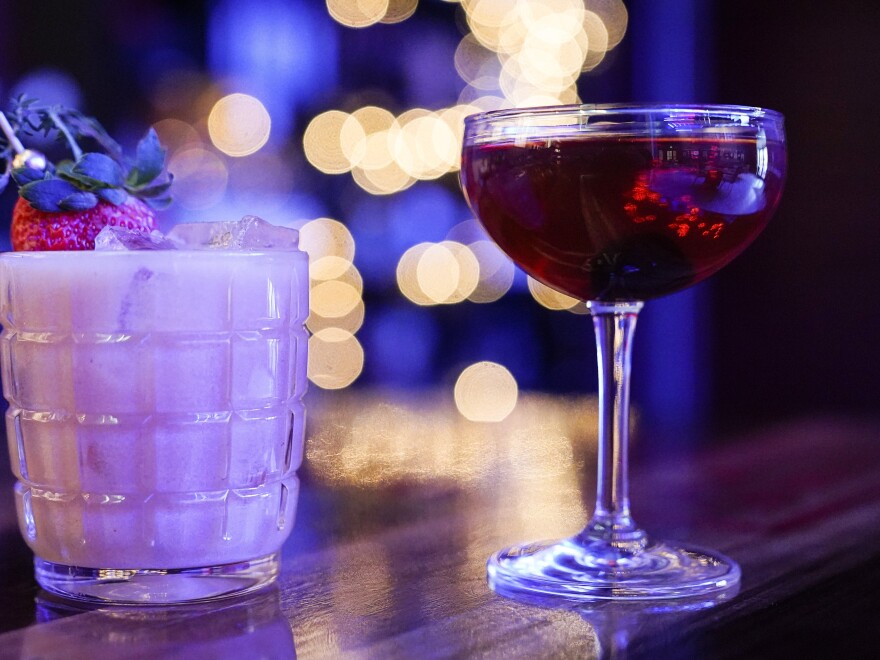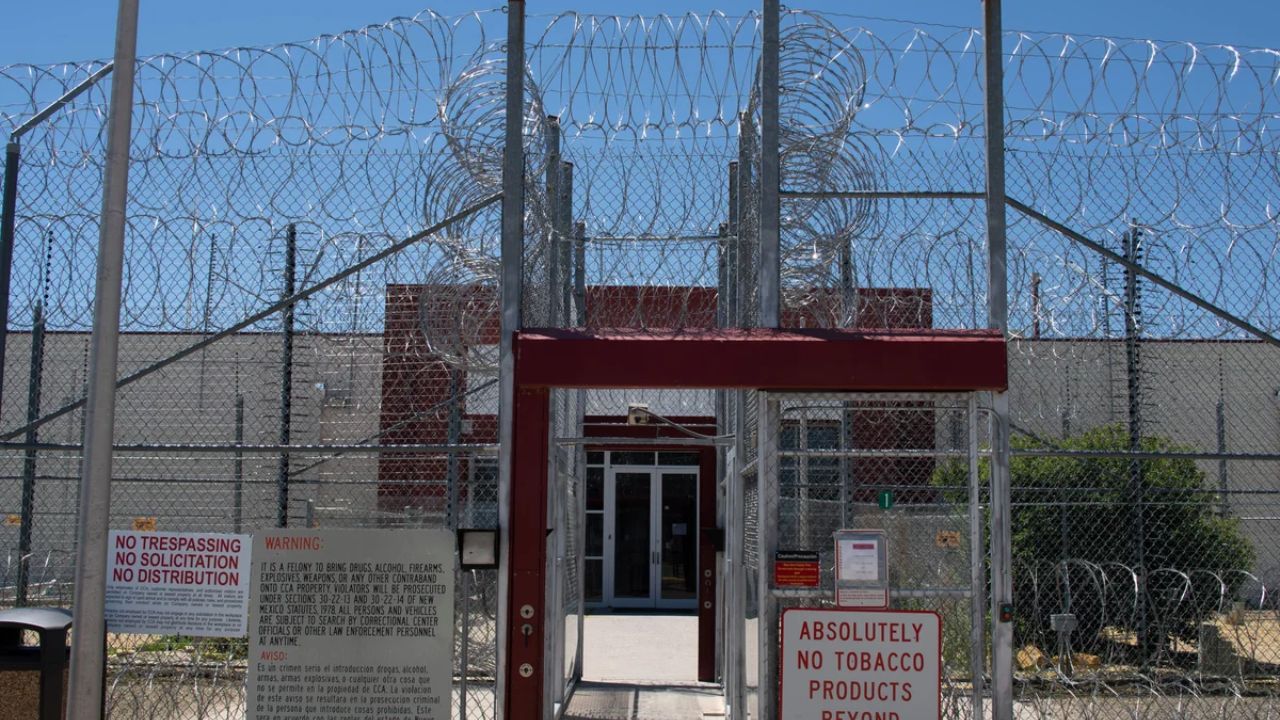According to a recent Gallup poll, the percentage of Americans who say they drink has dropped to a record low. The decline occurs while respondents’ concerns about the harmful effects of drinking, even in moderation, are growing.
Only 54% of Americans reported drinking alcohol last year, according to the analytics firm, which has been monitoring Americans’ drinking patterns since 1939. That is a percentage point lower than the previous low, which was set in 1958.
According to Sarah Dermody, a psychology professor at Toronto Metropolitan University, the shift may be prompted by growing public awareness of the dangers alcohol consumption poses to one’s health.
“For quite some time, there’s been this heavy focus on [the effects of] heavy drinking or binge drinking,” she explained.
Some alcohol, such as red wine, may be beneficial for you, according to earlier studies on moderate drinking (one to two drinks per day).
However, Dermody said that as scientists came to understand that studies revealed a pattern of association rather than causality, the consensus among them changed. According to her, individuals who drink may not have additional health issues, but those who abstain may have detrimental health effects due to a previous ailment.
Scientists now believe that any amount of alcohol can have detrimental impacts on health, including higher risks of anxiety, depression, and cancer, even after adjusting for those characteristics.
It appears that young people pay attention to that research.
Only 50% of Americans between the ages of 18 and 34 reported drinking alcohol, compared to 56% of those over the age of 35, according to a recent Gallup poll. Additionally, according to Gallup, 66% of youth believe that moderate drinking is dangerous, compared to roughly 50% of adults aged 35 and older.
“A lot of us did not grow up with that safe-level messaging,” claimed Sara McMullin, a psychology professor at Webster University.
As seen by the rise of mocktails and alcohol-free beer, as well as the popularity of no-drinking challenges like Dry January and Sober October, McMullin claims that it is now more socially acceptable to abstain from alcohol than it was in the past.
Young people aren’t seeing their peers in person as much as past generations did in the United States, where drinking is a common social activity. Moreover, drinking is costly, McMullin stated.
“Alcohol can be perceived as something that’s more of a luxury and not a necessity,” she stated. “So that could be another factor that’s likely bringing down the rate of drinking across generations, especially in younger people who are struggling with the job market.”
The Gallup study also revealed a clear difference between men’s and women’s drinking habits.Compared to men, women’s alcohol intake has decreased by 11 percentage points since 2023. Furthermore, women were more likely to favor wine (44%), compared to males (14%); men were more likely to prefer beer (52%), compared to 23%.
According to Dermody, the discrepancies can arise from the fact that alcohol is more essential to male-oriented pursuits like athletics.
According to McMullin, women may view wine similarly to how males may view beer as more appropriate for them.
“It’s going to be all these perceptions of norms, and also who they’re surrounded by,” McMullin stated.
She further postulated that whilst men may suppress their feelings and turn to alcohol as a coping mechanism, women are more likely to be health-conscious and may turn to their social network instead.
According to Gallup, consumers don’t appear to be substituting other drugs, like marijuana, for alcohol. Cannabis use has remained “fairly steady” during the last four years, according to the business.
Yale University professor of medicine and public health Gail D’Onofrio is not in agreement. She cited data from the annual National Survey on Drug Use and Health conducted by the federal government, which revealed that since 2021, marijuana use among adults over 26 has been rising in 2024. But among those aged 18 to 25, it has decreased.
According to D’Onofrio, it is simpler to explain what constitutes healthy alcohol use than it is to explain marijuana use.
“One kind of knows what a standard drink is,” she stated. “I can’t tell you how much to take of cannabis, which is my dilemma. I’m not allowed to tell you what’s in a gummy.
Like McMullin and Dermody, D’Onofrio anticipates that the growing public awareness of alcohol’s harmful effects will lead to a further decline in alcohol consumption in the United States.
Dermody continued, “I would just be cautious to call it a trend or a shift until we have a few more of these polls that show that it either continues to decline or is maintained at this level.”
Subscribe to NPR’s Zero Alcohol email if you’re interested in cutting back on alcohol use. Along with delicious mocktail recipes, we’ll give you professional tactics to help you succeed.
Copyright 2025 NPR






